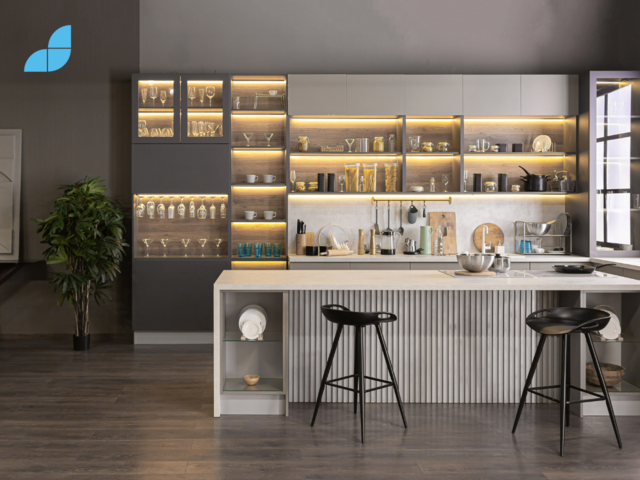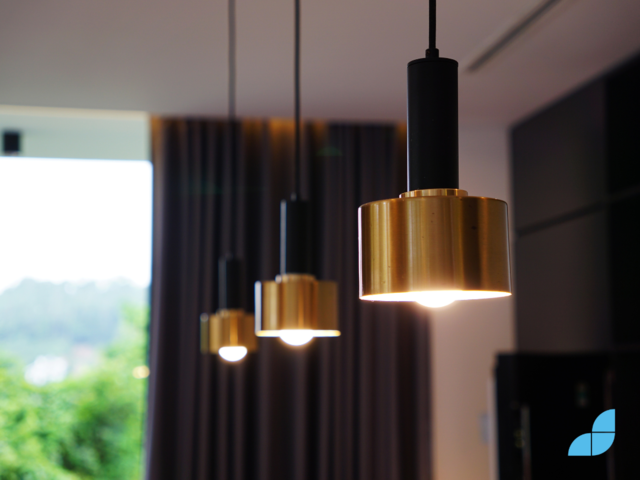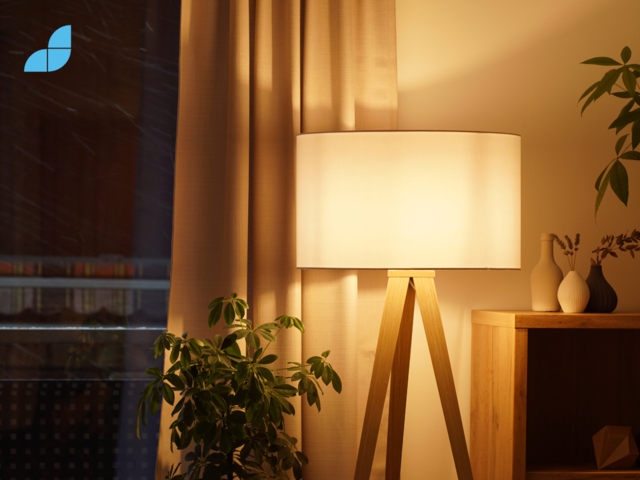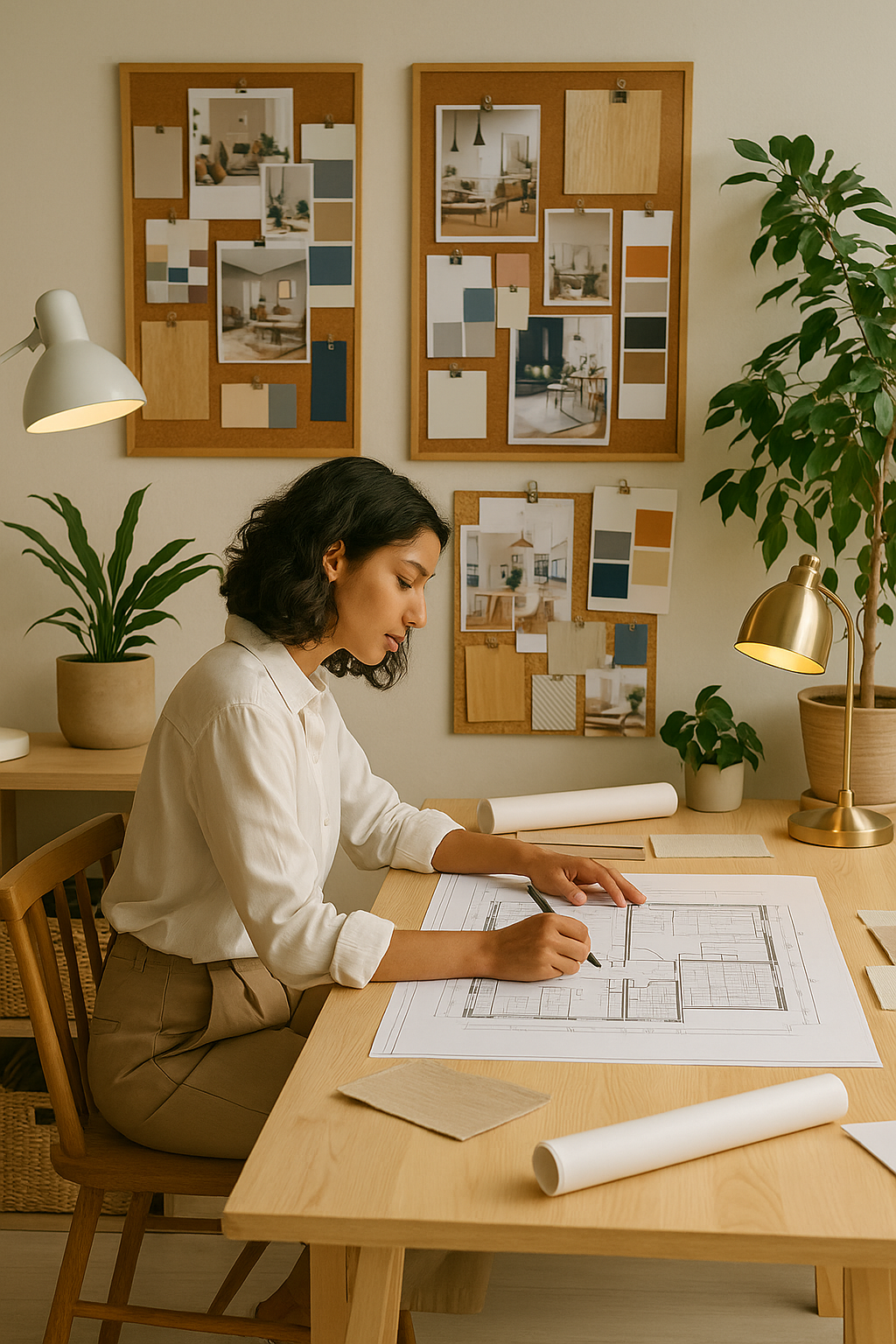While it may go without saying that indoor spaces will need some sort of lighting, it must also be noted that lighting can be so much more than a functional necessity. There are endless possibilities when it comes to getting creative with lights and it can be the deciding factor when creating an ambiance or mood in a room. Interior designers speak the language of light and have come up with fascinating approaches to creating depth, style and feeling. Let’s take a look at some of the inspiring ways lighting can completely transform a space.

Lighting in Interior Design
Lighting is a design choice and should not be overlooked or indeed underestimated. Lighting can be used to great effect, but such is its power that when used without consideration, it can negatively alter even the most innovative design. Focusing on light as more than simply functional gives designers the creative freedom to make fascinating style choices. Think of downlights or spotlights to illuminate art, architectural details or specific focal points in a room. In fact, some lights can in fact be the work of art. Once the creative mind is engaged, lighting can become central to many other design choices.
Lighting Types:
1. Ambient Lighting
Ambient lighting is the baseline for all other lighting. While it is functional, function and design are not mutually exclusive. This form of illumination keeps an area well-lit but a designer will carefully select the placing and the intensity of ambient lighting so it balances with the desired style of the space.
2. Task Lighting
As the name implies, task lighting is specific to areas where certain tasks will be carried out. Tasks in a home can include reading, cooking, or any other activity that necessitates concentrated lighting. Besides illumination, designers can use task lighting to create zones in spaces where sections of a room are designated for specific purposes.
3. Decorative Lighting
For centuries, there have been intricately designed lamps and lanterns that both serve a purpose and add fascinating design details to a space. There are endless options in lamp shades, bulbs, chandeliers, strip lights, twinkling LED candle light, colours, fabrics, steel and wood; the list goes on. If a room needs light, then why not provide it using a beautiful objet d’art?
4. Accent Lighting
The goal of accent lighting is to emphasise a focal point. Clever use of accent lighting can take a person on a journey through a room, guiding the eye to particular elements and illuminating them in order of preference. A painting on a wall or a sculpture or arched ceiling will respond well to accent lighting. Used in moderation, accent lighting will add depth and interest to even the most modest space.

Techniques in Lighting Design
Layering
Depending on the space, a combination of accent, task and decorative lighting can create depth and add an interesting ambiance to a room. Ambient lighting will be the foundation of all other lights and task lighting is primarily functional but can also create small zones in a room. Accent lighting will highlight the primary focal point but there’s no reason why these cannot also be decorative.
Control and adaptability
Day, night, various activities and any number of social events will require different intensities and moods of lighting. Lighting technology now provides tremendous control and versatility including dimmers, sensors, and smart systems. Designers can create flexible lighting schemes that can be altered to a setting chosen by the user. This also means there is an opportunity to re-use the same space with many different themes. There are also free standing and table lamps that can be moved around depending on the occasion.
Temperature and colour
When creating ambiance, the hue and temperature of light can have a huge impact on how a room feels. Cooler colours in lighting can inject a feeling of energy and liveliness while warm lighting provides a comfortable or cosy atmosphere. Understanding colour psychology and using this knowledge when choosing light temperatures can be a valuable tool in a designer’s toolbox. Lighting has the power to evoke emotion and influence mood. It should be handled with care.
Harmony with Other Design Elements
This is where the value of lighting needs to be appreciated. It is as important to a scheme as colour, furniture, architecture and layout. All elements need to work in harmony with one another and none as much as lighting. The temperature, placing and choice of light fittings needs to create cohesion with all the other design elements in a space. In a room with lots of natural light, it is vital to factor the aspect ratio as the natural light may change as a day progresses. There are also shadows, reflections and traffic flow. These are all essential elements of a design that need to connect and flow in harmony.
Lighting Interior Design Do’s and Don’ts
DO:
- Establish the primary function of the space before you select the lighting
- Emphasise natural lighting as much as possible
- Use energy efficient lighting options
- Incorporate flexible options like dimmers and moveable lamps
DON’T:
- Rely on one type of lighting, this can be flat or harsh
- Disregard the aesthetic of fixtures and accessories (light switches, lampshades, lamps)
- Incorporate inappropriate light temperatures e.g. dark lighting where task lighting is needed
- Layer lighting too much. This can generate too much overall light in a single space

Lighting is a powerful element of interior design and when balanced well and appropriately placed, it can dictate an entire mood and ambiance. It will however require some care and attention as blunders in lighting can detract from even the most beautifully designed interiors
Think of lighting as an art installation. With an injection of imagination, it can elevate a space to unimaginable heights. Light evokes feelings, it creates beauty and serves a valuable function. Light inhabits all the senses and lives in the shadows of secrets and the drama of illumination. Without the light of the sun, there would be no earth!
Has this inspired you to learn more about the fascinating intricacies of lighting in interior design? Perhaps you want to master the skill of transforming rooms, experimenting with colour, and texture? Are you fascinated by the power a space can have over people?
Our Interior Design courses at the Interior Design Academy of Ireland provide the ideal opportunity to satisfy your curiosities. You'll learn not only the principles of design but also the new ways that today's designers are influencing the world around us. And all of this while being guided by experienced industry professionals.
Whether you want to start a new job or improve your current skills, our courses are targeted to your specific requirements and goals. We believe that excellent design is more than just aesthetics; it is about creating spaces that improve the quality of life and culture.
Join us at Interior Design Academy of Ireland and begin your journey towards an illuminating and creative profession in interior design. Click here to learn more about our courses and how you can join our thriving design community.

